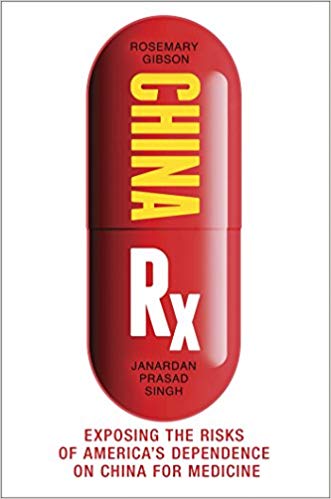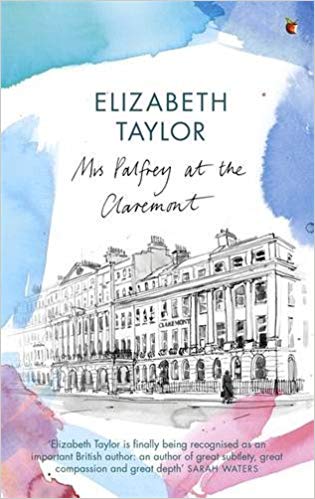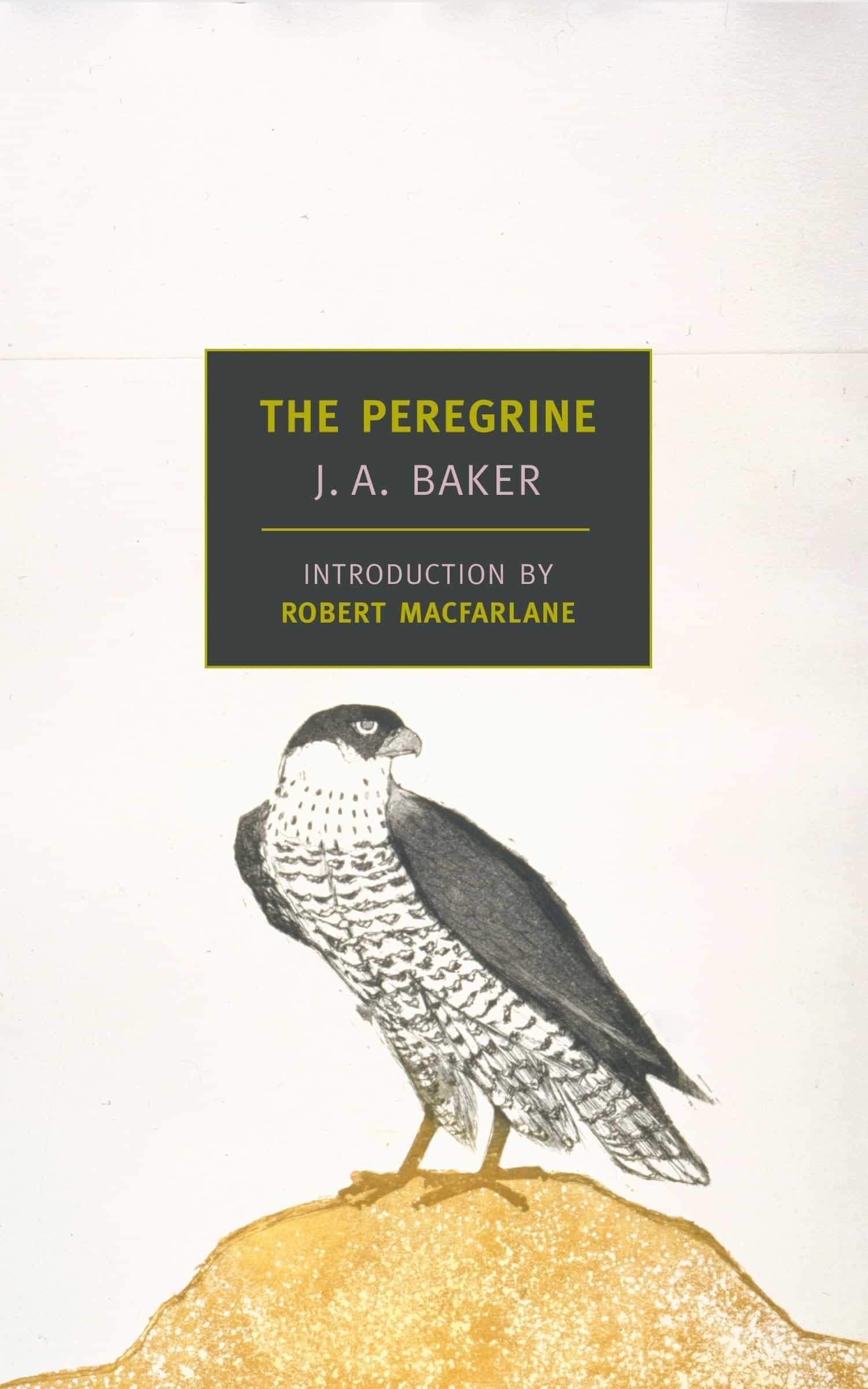
This “must read”, well-researched book begins with a tragic, true story about a healthy physician who was administered a contaminated blood thinner drug, heparin, in 2007. “ At the time of the contamination, China controlled half of the world’s supply of the active ingredient for heparin. FDA officials admitted during congressional testimony that they didn’t ban all Chinese-made heparin because of fear of a shortage.” It proceeds to examine our dependence on China for pharmaceuticals and other compelling issues. Did you know :
Co-author Rosemary Gibson is an editor for JAMA Internal Medicine, a Senior Advisor at The Hastings Center (an independent bioethics research institute) , an award-winning author, and advisor to organizations that advance the public’s interest in health care. She is the 2014 recipient of the highest honor from the American Medical Writers Association for her outstanding contributions to the field of medical communication.
Co-author Janardan Prasad Singh is economic advisor at the World Bank. He designs strategies to strengthen economic development, health care, global trade, and national security for countries around the world. He has served as an advisor to prime ministers of India on national security

Recently windowed, Mrs. Palfrey resigns herself to move into the Claremont Hotel, a modest retirement home in London. Her daughter lives far from her in Scotland, while her grandson, Desmond, lives closer, though she rarely sees him.
The Claremont Hotel residents are all older like herself, but most are humdrum & stuffy.
Lonely, she longs for friendship. One day, on her way from the local library, she slips & falls on the sidewalk and is rescued by Ludo, a young man. An unexpected friendship ensues. Read this poignant, perceptive novel to discover what occurs next. FYI : The author was a notable English writer, not the iconic Hollywood actress.

Considered one of the most outstanding nature books of the 20th Century by renowned nature writers, J.A. Baker’s masterfully written book is written in journal form. It chronicles his observations of peregrines one winter season, from October to April in Essex, England. With no plot or characters, other than himself and the peregrines, the only action is the peregrines’ behavior. The exquisite prose details the author’s meticulous observations detailing their daily activity, such as how they hunt. An absolutely fascinating, intense meditation to be read and reflected upon, it’s definitely not a speed read. Baker poetically laments the plight of the peregrine. In the 1960’s when “The Peregrine” was written, the birds were near extinction due to the widespread use of pesticides in England. Baker assumed they would eventually become extinct. Fortunately they recovered and are no longer endangered. Eventually Baker became obsessed with the peregrine, to the point he wanted to merge and become one with it. “Wherever he goes, this winter, I will follow him. I will share the fear, and the exaltation, and the boredom, of the hunting life, I will follow him till my predatory human shape no longer darkens in terror the shaken kaleidoscope of colour that stains the deep fovea of his brilliant eye.”